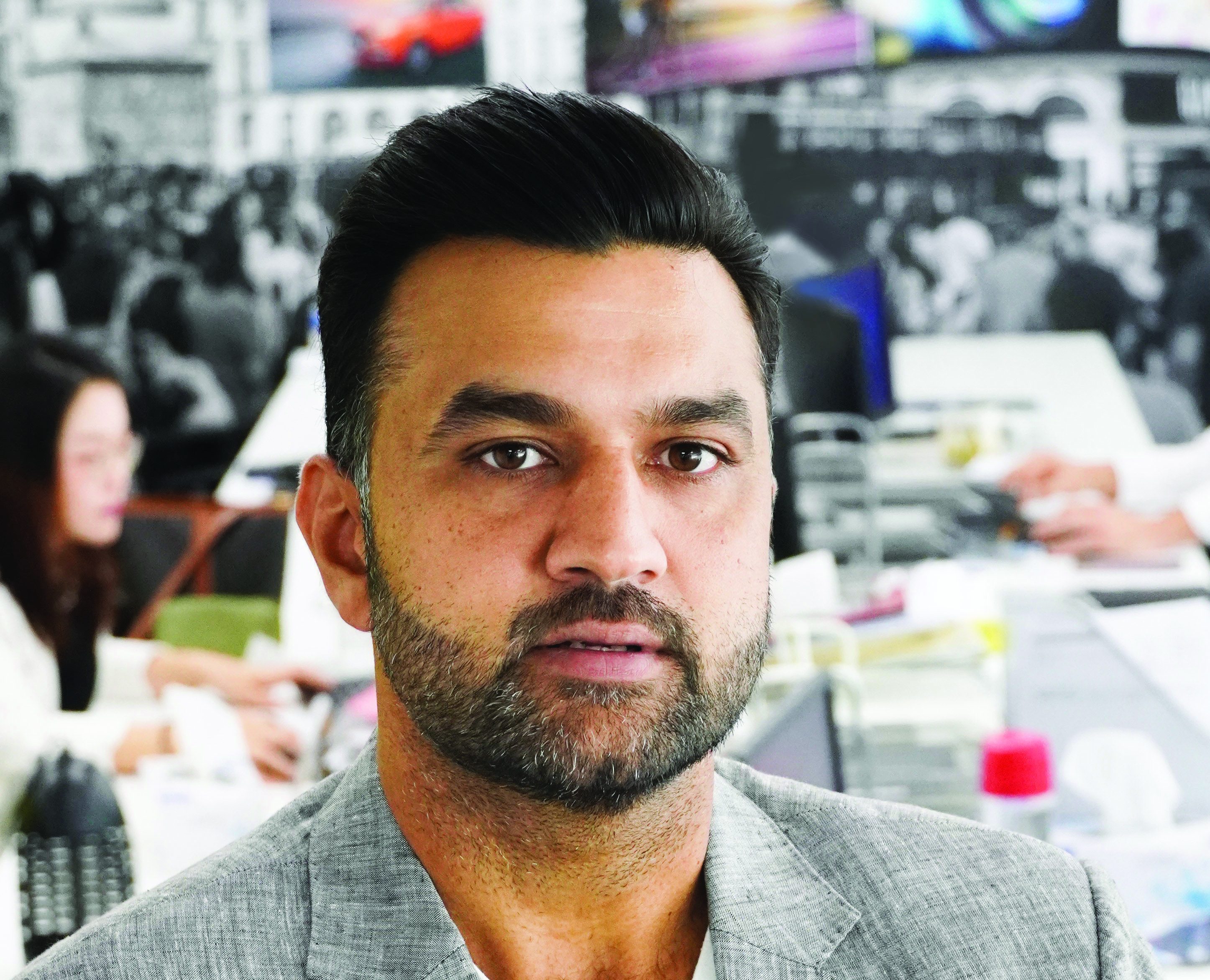By Manoj Khimji, managing director, The Mediavantage
This summer, I learned a valuable lesson in the balance between brand and story. Having just landed in Florida for a family holiday, our first port of call was to head to the local Walmart to get our serviced apartment stocked up for the fortnight ahead. At the checkout, the bag-packer – a local Floridian native – was making conversation and asked where we were from. “Dubai,” I replied, to which his eyes lit up as he exclaimed, “Oh yeah, that’s where that new Neom city is. I love the look of that place!”
It’s here! Marcomms360 – Predictions 2023 is Campaign Middle East’s flagship annual event and a must-attend for anyone who wants to be prepared for the year ahead. The full-morning conference takes place on December 8 in Dubai. Book your tickets now before they sell out.
Given the global spend of Neom and the other key Saudi entities over the past few years, this was a great insight into the power of storytelling and how it should work to complement brand exposure. I’m the biggest fan of the Middle East and I’ll happily fly the flag for the region all over the world, so on one hand I was delighted that the global ad campaigns for this particular entity had reached rural Orlando’s community of supermarket bag-packers.
On the other hand, I wondered whether this misguided awareness was helpful or harmful for the region. Over the past 15 years, the region has done a tremendous job of communicating the global agenda far better than ever before. It has tackled criticism head-on, celebrated achievements and changed perceptions through an aggressive communication strategy. Now that in most cases we’re past that initial barrier, the
depth that storytelling provides is the need of the hour.
Content partnerships, multiplatform executions and cross-media integrations have become far more prevalent in recent times, particularly in the UAE. As Saudi Arabia continues its journey of global storytelling, here’s my five-step cheat sheet for a winning content partnership:
1. Work only with reputable media brands
Partnering with trusted media brands and outlets goes a long way in building and maintaining credibility. The quality of audience from brands like The Wall Street Journal, The Economist, Bloomberg, and Insider is far more valuable than the reach you may achieve from other media or an exchange buy. The influence of these audiences provides a long-term drip effect in their respective markets.
2. Bring the media owner to you and trust their understanding of their audience
You’d be shocked at the number of times we’ve gone through a thorough briefing and pitch process, only for the media owner to then visit the Kingdom and change the entire activation based on what they see and experience on the ground. Prior to production and content creation, take the time to bring the media owner to the country and let them experience first-hand exactly what they will be narrating to their audiences.
3. Make the experience immersive and multiplatform
Challenge the media owner to bring your story to life through out-of-the-box executions and get into places where paid media can’t get you. Push them to leverage their in-market relationships and innovate their delivery methods when reaching the desired and agreed target groups.
4. Address and tackle misconceptions and criticisms head on
Saudi Arabia has had its share of PR blunders on the global stage, but that shouldn’t change the strategy of tackling the key issues head-on. Address the difficult issues and key concerns raised by the media and listen to their interpretation of the misconceptions that the world may have about Saudi. The Kingdom is a progressive state and moving to a modern future – something that is a key part of the Saudi Arabia narrative currently. It may very well not be one of the predetermined ‘content pillars’ but it’s critical in achieving the outcome. You may be focused on a pillar such as the culinary experience in Saudi, but if the audience doesn’t believe that women feel empowered or fairly treated, they still won’t buy in.
5. Keep the conversation going
Put the onus on the media partner to build out the connection with the audience after the activation has finished, through follow-up mini-campaigns, events, sporadic sponsorship opportunities and paid media. The main activation may tick a box for your own marketing KPIs, but that doesn’t mean it has succeeded in achieving the Kingdom’s aims for that particular goal. Push the media owner for brand uplift data and focus groups. Listen to what the audience wants to see next and how far they are in their decision-making journey and adapt accordingly.
A content-focused strategy is essential in increasing the depth of awareness of various facets of Saudi Arabia’s Vision 2030, but it opens up the potential for another blunder if not done well. There are so many benefits to leverage when working with the right media partner and these need to be pushed and challenged as far as possible to reap the real reward.










